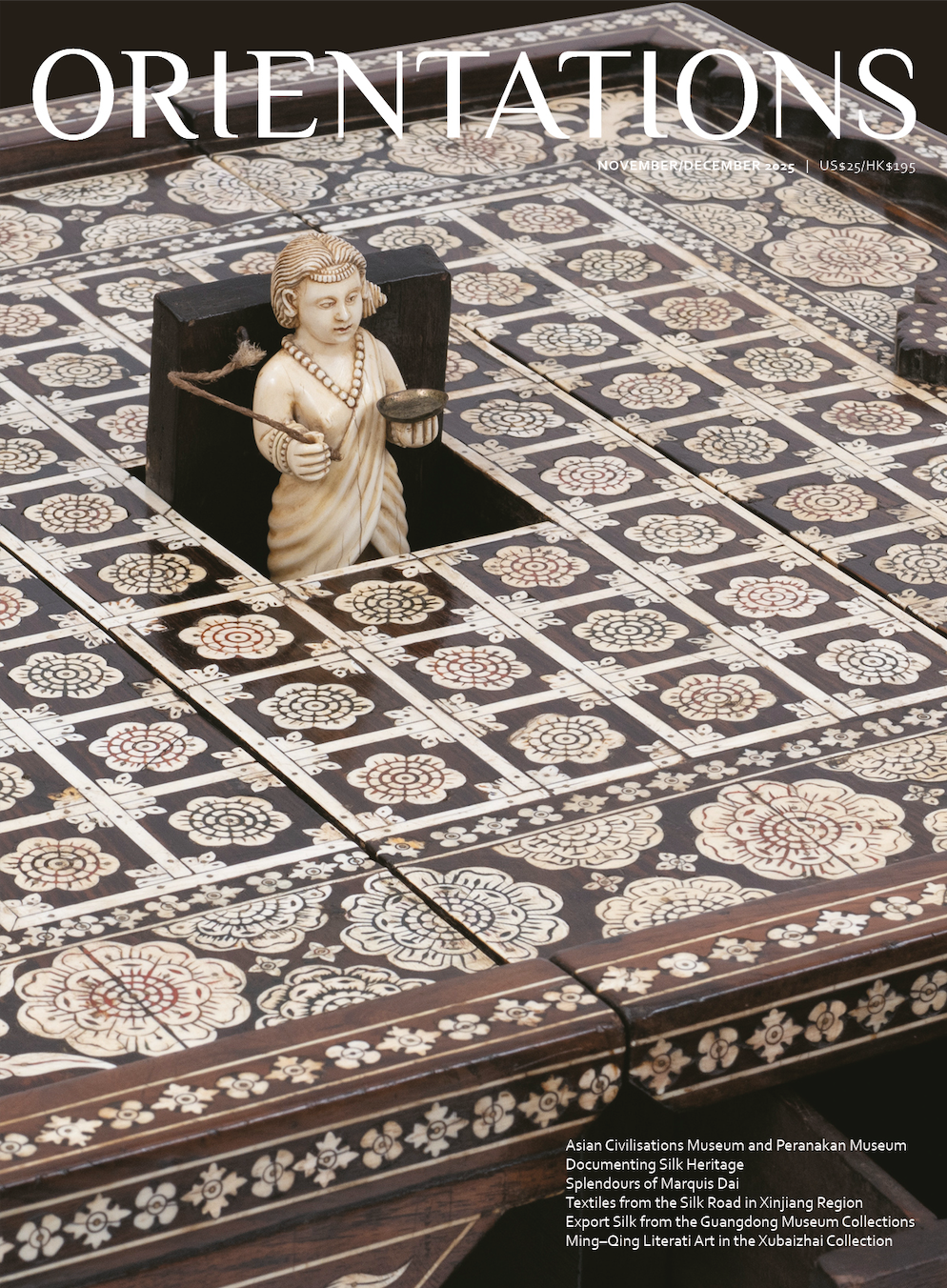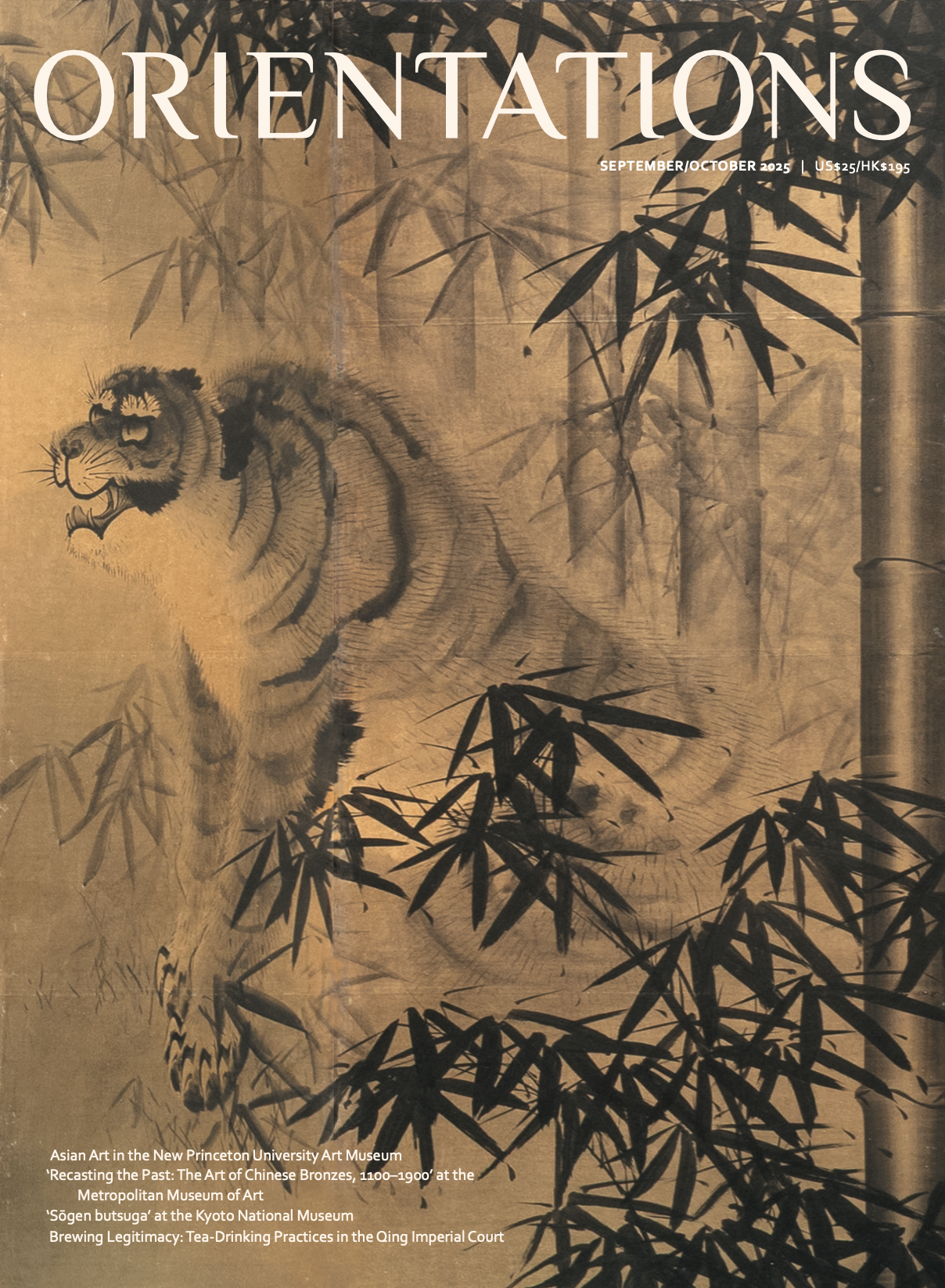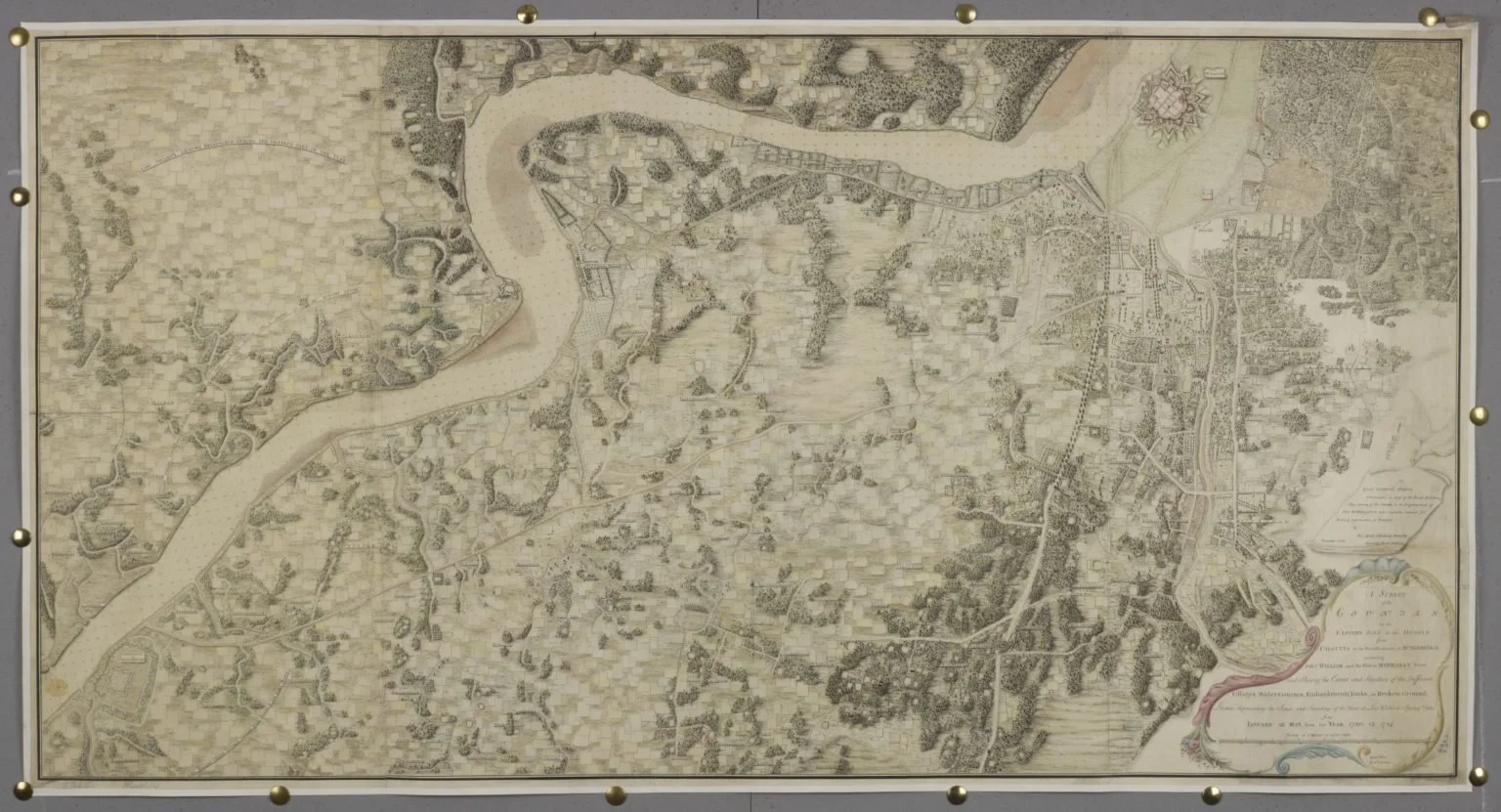Orientations is a bimonthly magazine published in Hong Kong since 1969 and distributed worldwide. It is an authoritative source of information on the arts of East and Southeast Asia, the Himalayas, the Indian subcontinent, and the Middle East, from the latest scholarly research to market analysis and current news.
Originally conceived as a publication devoted to travel and the culture of ‘the Orient’, the magazine evolved into a scholarly journal on art, architecture, and archaeology over the past decades as the rest of the world became better acquainted with the region. Orientations brings readers stories of interesting people, amazing places, and incredible collections and builds bridges across cultures through the arts.
Now available in both print and digital, Orientations is an essential addition to any library.



RECOMMEND TO YOUR LIBRARIAN
Interested in reading Orientations? Recommend our publication to your library by clicking the button below or emailing your school or local library.
HIGHLIGHTS
The exhibition ‘Staging the Supernatural: Ghosts and the Theater in Japanese Prints’ is currently on view in Washington, DC, at the Smithsonian’s National Museum of Asian Art (NMAA; 23 March–6 October 2024). The origin of the exhibition dates back more than fifteen years but was buoyed into reality by two major acquisitions. The idea for a ghost-themed exhibition first came about while we were studying at the Inter-University Center for Japanese Language Studies in Yokohama in 2009 and 2010.
A painter and sculptor of historical and classical subjects, Frederic Leighton achieved fame and success at a young age. His large painting Cimabue’s Sacred Madonna Carried in Procession through the Streets of Florence, completed in Rome in 1855, was considered one of the best pictures of the year at the Royal Academy of Arts in London and subsequently caught the attention of Prince Albert and Queen Victoria, who bought it for the considerable sum of 600 guineas (approximately £83,000 in today’s currency).
The year 1757 witnessed not only the victory of the British East India Company (EIC) at the Battle of Plassey and the subsequent conquest of Calcutta, but also the establishment of Canton as the sole legal port of the Qing dynasty (1644–1911) open to official trade with the West, under the ‘single port commerce system’ of the Qianlong emperor (r. 1736–95). Decades later, a gilded porcelain coffee pot with an underglaze-blue design of the Calcutta waterfront exemplifies the convergence of these two events, intertwining the narratives of the EIC, Calcutta, and Canton (Guangzhou).
The composite or full-form rubbing (quanxing ta) emerged in response to the methodological imperatives of antiquarianism in the late 18th to early 19th century of the Qing dynasty (1644–1911). The pursuit of precision—a byproduct of China’s engagement with Western science and indigenous intellectual movements—infiltrated the century’s antiquarian agenda and its historiography.
The seventh day of the seventh lunar month is one of the most significant dates in the Chinese traditional calendar. It is known as Double Seven day. The annual meeting of the two mythological lovers, the Herd Boy and the Weaving Maid, otherwise separated by the Heavenly Han River (the Milky Way), occurs at this time.
Between January 9 and 18, 2025, forty scholars participating in the first International Winter School on Gandharan Buddhism representing fourteen countries and twenty institutions had the rare opportunity to visit some of the historic sites of ‘Greater Gandhara’, a region that includes Taxila, the Peshawar basin, and Swat in northwest Pakistan. Although not a specialist in Gandharan art, I was fortunate to be able to join the group for an eleven day study trip that brought me full circle, having begun my graduate school studies in the 1970s under Benjamin Rowland and John Rosenfield, both American scholars of Gandharan art. At that time, the study of Buddhist art was based largely on fragments of narratives of the Buddha’s life or on iconic images of buddhas and bodhisattvas of lost or unknown provenance housed in museums.
This exhibition reflects a broader post-pandemic trend among Western museums the reinvigoration of permanent collections through fresh thematic lenses. Asia Society has a strong track record of organizing landmark exhibitions such as ‘Golden Visions of Densatil: A Tibetan Buddhist Monastery’ (2014) and ‘Kamakura: Realism and Spirituality in the Sculpture of Japan’ (2016). These shows blended Rockefeller collection pieces with loans from other institutions around the world. By contrast, ‘Imperial Treasures’ turns inward, yet without narrowing its scope.
The Sanxingdui site (c. 2500–900 BCE), located about forty kilometres north of Chengdu in Sichuan province, China, has been the focus of some of the most exciting archaeological work being done in China over the past three decades. In 1986, with the discovery of two pits containing tens of thousands of objects made from bronze, gold, and jade.
A significant number of Chinese textiles, dating mainly from the 17th and 18th centuries, can be found in Portuguese collections—both public and private—often existing in their original contexts of use. They are the result of the production and trade of Chinese textiles for the Portuguese market during the early modern period—and the enduring popularity those textiles experienced from the moment of their introduction.
The early Buddhist art of Āndhradeśa, in the southeastern Deccan, is dominated by both symbolic and figurative representations of the Buddha and by the depiction of elaborate narratives—jātakas and avadānas—recounting the lives of past bodhisattvas and that of the historical Buddha. Yet there is another, no less pervasive presence in early Andhra Buddhist art, that of tree and snake imagery.




![[ENG] Cihc_advertisement_Banner_250615.jpg](https://images.squarespace-cdn.com/content/v1/60679cdd16f7bc3d0045f7eb/1753086409090-HX8BRFVKRFBMJPSOLFZB/%5BENG%5D+Cihc_advertisement_Banner_250615.jpg)

















